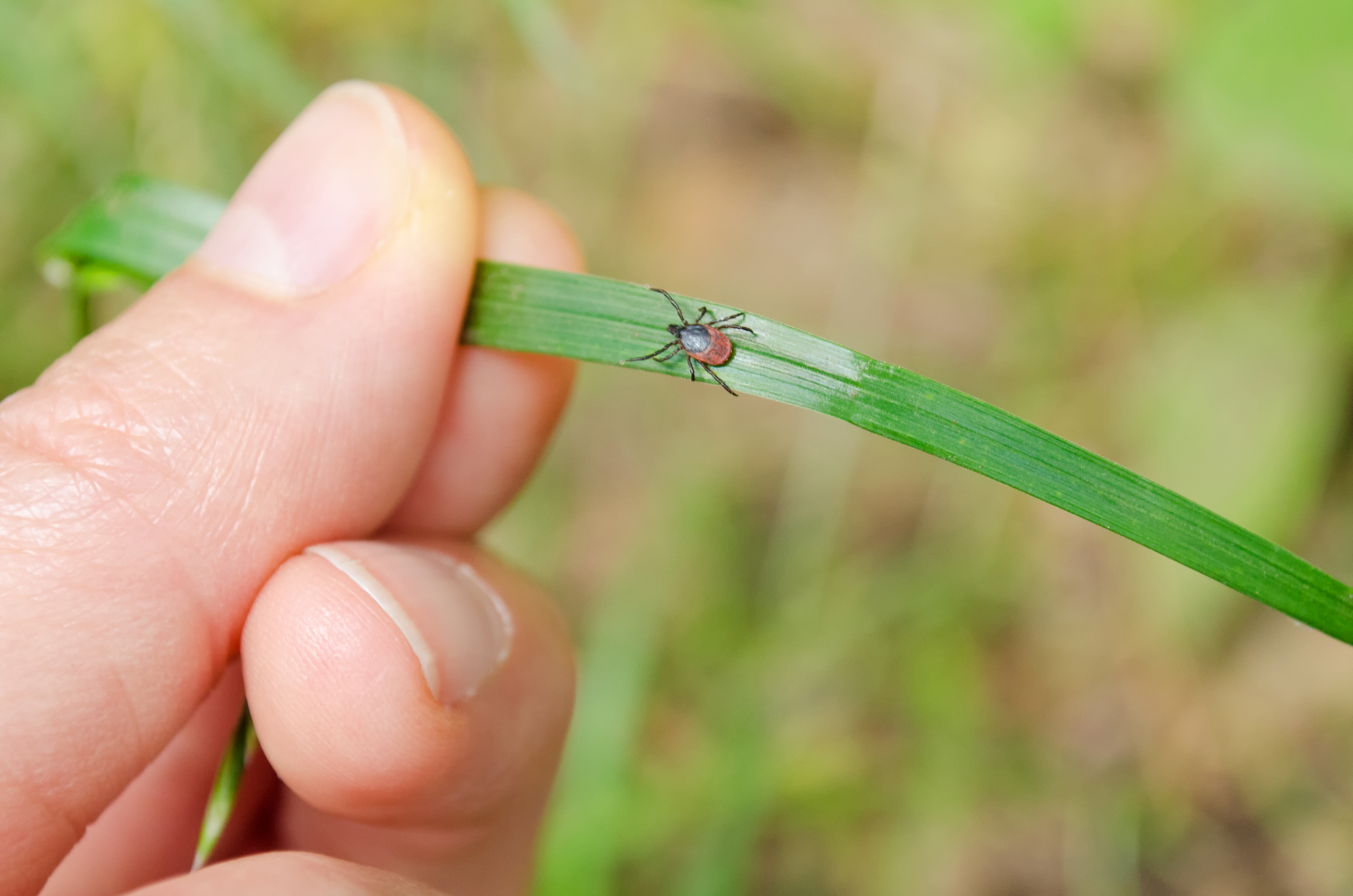Health Capsule
Protect Yourself From Lyme Disease

It’s peak tick weather! Ticks get more active when it’s warm outside. Some carry diseases that can be passed on to you through their bite.
The most common disease ticks carry is called Lyme disease. It’s a bacterial infection that can cause serious health problems.
Each year, an estimated 300,000 people in the U.S. get Lyme disease. The number of cases has risen dramatically over the last 10 years. Symptoms of Lyme disease can include fever, headache, muscle or joint pain, and extreme fatigue.
People with Lyme disease usually get an expanding red rash that can resemble a bull’s-eye. If left untreated, the infection can spread and cause rashes in other parts of the body. Some people may develop nerve pain, arthritis, or heart problems. Most people fully recover when treated with antibiotics, especially when Lyme disease is diagnosed early.
The deer ticks that carry Lyme disease can be as small as a poppy seed. You might not even know you’ve been bitten. Preventing tick bites is the best defense against Lyme disease. You can protect yourself and your family by using insect repellent when going places where ticks are likely to live.
After coming indoors, check your clothing and gear for ticks. Shower within two hours of coming indoors. Then conduct a full body check. Don’t forget to check your hair, where ticks may be harder to spot.
Learn more about Lyme disease.
NIH Office of Communications and Public Liaison
Health and Science Publications Branch
Building 31, Room 5B52
Bethesda, MD 20892-2094
Contact Us:
nihnewsinhealth@od.nih.gov
Phone: 301-451-8224
Share Our Materials: Reprint our articles and illustrations in your own publication. Our material is not copyrighted. Please acknowledge NIH News in Health as the source and send us a copy.
For more consumer health news and information, visit health.nih.gov.
For wellness toolkits, visit www.nih.gov/wellnesstoolkits.




